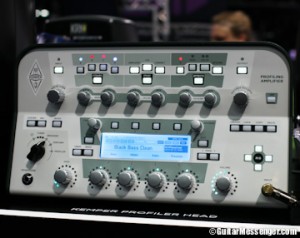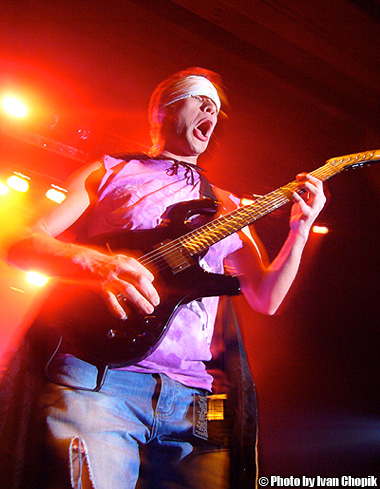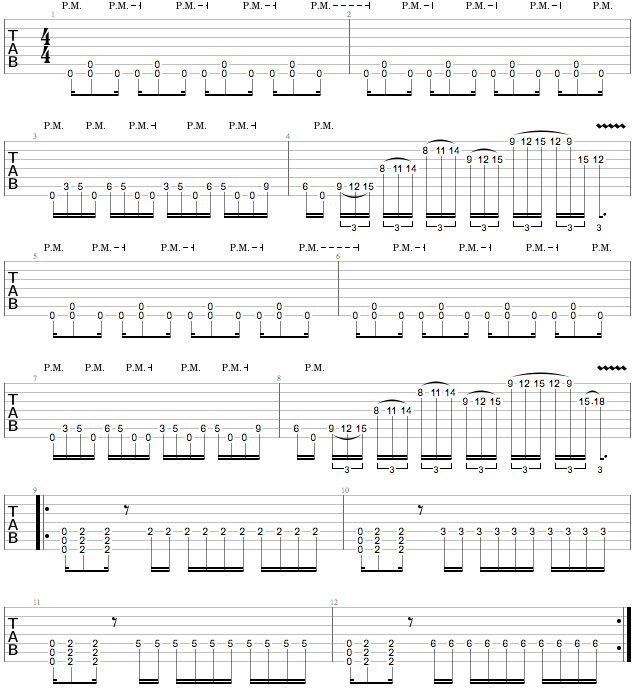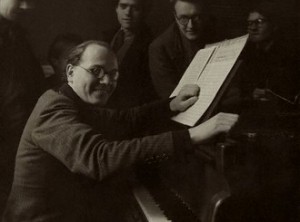Creating marketing tools (A.K.A “Merch”—T-shirts, hats, and stickers that bear your name, logo or slogan) help to increase your exposure, strengthen your brand name, and provide an ancillary form of income.
Merch is one of your best sources of promotion since it continues to “speak” for you (or “expose” you) even when you’re not present. A fan wearing one of your T-shirt designs to school can stimulate interest and get people talking. Multiply this by ten, another ten, and then another ten. It’s essentially like having an army of walking billboard advertisements around your hometown, and the best part is, they’re usually the ones paying you to do it.
Merch also brings your audience “closer” and makes them feel a part of your “tribe” so to speak. Slipping into your “uniform” and flying your “team’s colors” immediately makes them a representative. Their identity, in part, is formed through you—and this is what helps build LOYAL FANS.
Last, merch can bring in a few extra dollars at your live performances—when you’re playing for free—and otherwise going home empty-handed. Need I say more?
J.J Gonzalles of Big 10 Productions (www.bigten.com) informs us that the most common marketing items are T-shirts and women’s Baby Ts.
However, promotional items extend into buttons, refrigerator magnets, condoms, match books, dog tags, and anything else that you can put into the hands of fans and magazine reviewers to help expose your name.
The key to creating your merchandise is to be practical (don’t make more than you need) and always keep your intended audience in mind (their fashions, desires, wants, and needs). Don’t get left with boxes of unsold merch cluttering your apartment because it has absolutely no value or is un-cool. Don’t waste your money.
Here’s a few useful tips to consider when creating your own merchandising concepts and designs:
• Give value. Think of promotional items that will give value to your target fan and to industry people alike. Consider designing lighters with your logo on it for your fans and a CD case opener with your logo on it for industry folk. These items are likely to get repeated uses while promoting your name at the same time.
• Make it easy to mail. Create merchandising items that are easy and inexpensive to mail out to the press and fans. This might include smaller items like stickers, calendars, and key chains.
• Create merch people want. Create merch that is so interesting and fun, people want to wear it just for the merch “itself”—regardless of whether or not they’ve heard of your band. The California-based indie artist Nathan Nice designed women’s baby T-shirts that read: “Naughty or Nice?” and included his website URL on the back.
• Use your band name and logo. Though using your band name and logo on your merchandising might seem like a basic idea, it works! AC/DC uses its name with a lightning bolt between the letters AC and DC and KISS extends the two S letters in its name downward like lightning bolts. These designs are simple, cool, and readable! This is important! A T-shirt design no one can read won’t do you any good!
• Use a song lyric. Using a cool lyric from one of your songs can help brand that lyric as somewhat of a motto to your fans. The California Metal band Atreyu had its lyric “Live, Love, Burn, and Die” from its single “Lip Gloss and Black” all over its merchandising. Rappers House of Pain had “We Came To Get Down So Jump Around” from its single “Jump Around.”
• Use your album title. Album titles make for clean and simple merchandising designs while, at the same time, they advertise your CD. A popular example of a band that uses its album title on T-shirts is AC/DC. The words “Back In Black” can be seen across the chests of rock fans everywhere.
• Use symbolisms. The Rolling Stone’s Tongue and The Misfit’s Skull are a few examples of symbolisms that have been hugely successful throughout the years. Accompanied by no further information or writing, they entice conversation and spark interest. But symbolisms can easily go unnoticed and undermine your attempt to generate publicity if they are not highly provocative or shocking. So put your thinking caps on and design cool shirts that get people asking, “What company or band is behind this design?
• Use consistent colors and fonts. Harley Davidson (a company regularly associated with music culture), consistently uses the colors black and orange in all of its merchandising (and it’s website and logo designs). When you see black and orange jackets or shirts, you almost immediately know its Harley Davidson without even seeing the name. That’s pretty powerful.
For further ideas and guidance, examine the merchandising concepts and designs of your “like” bands. Oh, and one more thing: though marketing tools can be extremely helpful in promoting your band and even making you an extra dollar or two, nothing can help your career more than having great songs and a great live show. Keep your priorities straight. Use your money wisely!
















